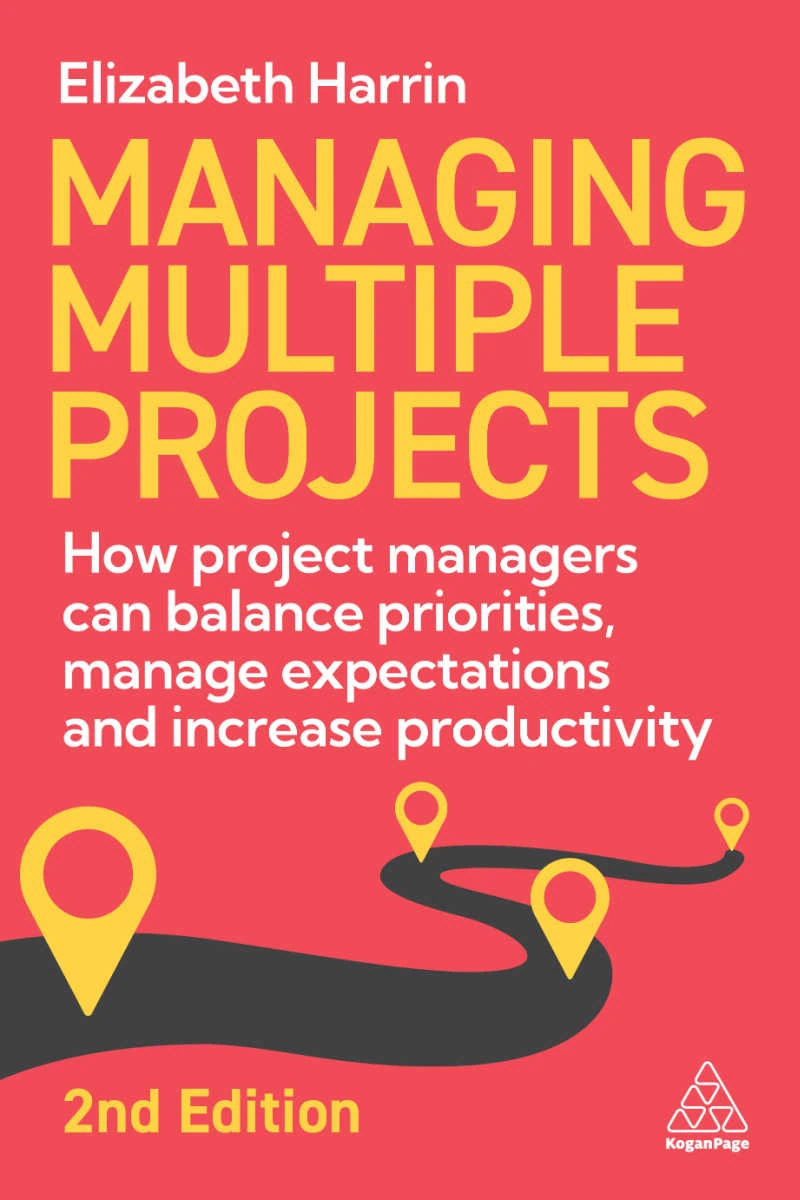Ada Lovelace Day Interview with Melanie Franklin
The last time I met Melanie Franklin I don’t think I made a particularly good impression – I told her I mainly wrote about handbags* and I expect I came off as rather flippant. So it was with slight trepidation that I sat in the offices of Maven Training after work waiting to interview her for Ada Lovelace Day.
Ada Lovelace Day celebrates the achievements of women in technology and science, and maybe Melanie Franklin, CEO of Maven, is an odd choice. After all, she runs a project management training company, and the training rooms at her London headquarters don’t even have PCs in. But Melanie is one of those valuable people with hybrid skills that means she understands both the IT world and the rest of the business.
Melanie came to financial services on an operational management graduate scheme after an Economics degree and a stint trying trading. Much of her work was business analysis and she sees this as “building a bridge between IT and the business” including establishing the impact of systems on financial processes like the back office and debt trading.
She sips her tea and tells me that while she was a graduate trainee she had a “lightbulb moment”. She clicked that what really interested her was making change happen. Knowing that she was motivated by deadlines, she actively sought out assignments with deadlines and projects. She also quickly realised that being a project manager was a much faster route to significant authority than plodding along through the line management structure. “With line management, you have to serve your time,” she explains.
Melanie headed up bigger and bigger projects and ended up managing parts of IT and the BA team. This was unusual, as she didn’t come up through the coding route. “I had an intuitive understanding of the business,” she says.
At one point Melanie was told that she couldn’t progress to the next level of management because she hadn’t worked there long enough. She promptly left, joined another bank and leap-frogged up the hierarchy. The job came with more responsibility and was a steep – but not impossible – learning curve.
Melanie also spent a lot of time investing in her own learning and professional development. She’s highly qualified, both in financial services terms and in project and programme management. “I try to walk away from each project having delivered something to myself as well,” she says, and I think this is a marvellous approach to continuous professional development. “I’m learning every day.” What does she know now that she wishes she had known in the early days of her career? She pauses. “The terms project and programme manager are terribly anachronistic,” she says. In recent years she has realised that project and programme management skills by themselves are never enough, although I suspect she has always known this. “You should plan for change at the beginning,” she says. “Sixty per cent of tasks on the Gantt chart should be project activity. Forty per cent should be preparing the ground and for transition, doing the change, supporting the change and measuring the effect of the change.”
“It’s not who you know,” Melanie says, “it’s what you have done.” And she has certainly done a lot. She doesn’t stop, either. It’s nearly 6pm and she has another engagement after me. We shake hands in the lobby and I leave her putting on her trainers so she can run home. With a broken neck. Yes, you read that right. Even having her head not quite attached to her body won’t hold her back.
* If you were paying attention in my PMI Congress videos from last year you would have spotted my red Knomo laptop bag. I have just got a new, smaller laptop. Hurrah! An excuse for a new bag, so a couple of weeks ago I got a black Knomo Cholet for it and it’s lovely.

